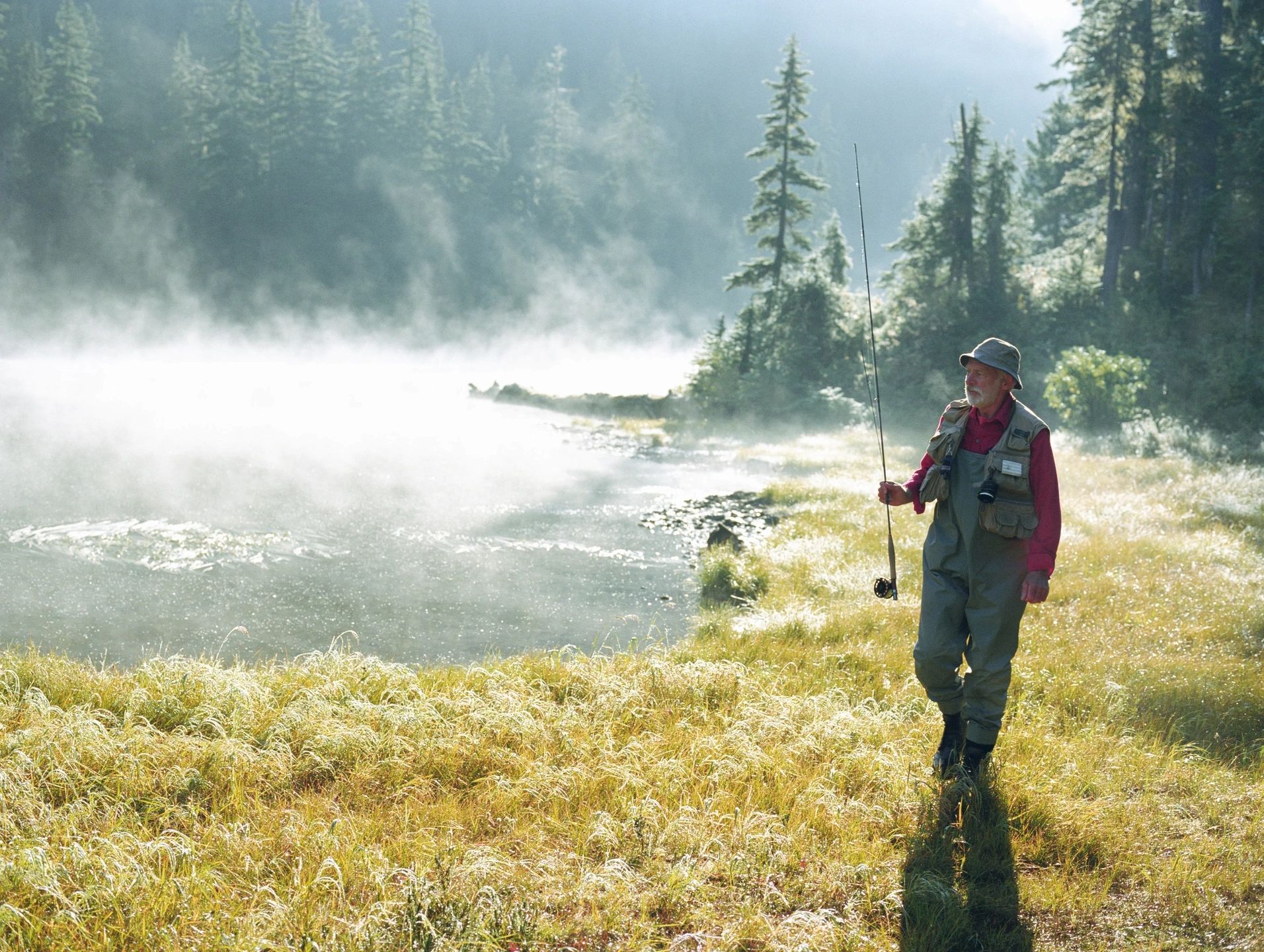Introduction
America’s power grid is a fragile beast—held together by outdated infrastructure, cyber vulnerabilities, and a patchwork of overworked utilities. Most folks don’t realize just how thin the thread is… until it snaps.
The first 72 hours after a full blackout are when panic sets in, supplies vanish, and the weak decisions turn deadly. You don’t need to panic—but you do need a plan.
Let’s walk through the first three days of a total grid failure—what to expect, what to do, and how to position yourself to survive and thrive while others falter.
Day 1: Shock, Silence, and a False Sense of Safety
When the lights go out, most people just think: “It’ll be back in a few hours.” That assumption kills time—and in crisis, time is a resource.
What Happens:
-
Internet, ATMs, cell towers begin dropping
-
Grocery stores, gas stations close or crash from demand
-
No one has answers—but everyone’s waiting
What You Must Do Immediately:
-
Secure water: Fill bathtubs, sinks, and containers.
-
Inventory supplies: Check batteries, meds, food, comms.
-
Activate comms plan: Alert family, neighbors, and contacts.
⚠️ Fun Fact: After Hurricane Sandy, over 60% of NYC residents waited 12+ hours before checking on neighbors or charging phones.
Day 2: Panic and Predators
Day two is when reality starts to bite. People realize their phones are dead, fridges are warming, and they have no idea what’s going on.
What You’ll See:
-
Crowds at corner stores clearing out shelves
-
First reports of break-ins or looting
-
Desperate people asking for gas, food, or help
Your Response:
-
Stay quiet, stay gray. Avoid being the only house with lights or a generator running loud.
-
Reinforce entry points. Cover windows, secure doors, and block line of sight to supplies.
-
Watch patterns. People are scouting. Know who they are.
Day 3: The Great Divide Begins
By Day 3, the crowd splits: those who prepared… and those who panic. Tensions are higher, and people begin taking risks. The police, if still active, are overwhelmed or focused on critical zones.
Common Dangers on Day 3:
-
Home invasions increase in vulnerable areas
-
False rumors spread rapidly (“Power’s back in the next town!”)
-
Fights over gas, food, and water escalate in urban centers
What You Must Do:
-
Filter noise: Trust only radio or HAM comms—not hearsay.
-
Cook discreetly: Use indoor-safe stoves or cold rations; smoke and smell travel.
-
Rotate rest: If you’re not alone, run watches in shifts at night.
📖 Scripture Spotlight:
“The prudent see danger and take refuge, but the simple keep going and pay the penalty.” — Proverbs 22:3 (NKJV)
What to Have Ready Before It Happens
The key to surviving a grid-down scenario isn’t found in the chaos—it’s in the preparation before the lights go out.
Your Core 72-Hour Survival Kit:
-
🔦 2 flashlights + extra batteries
-
💧 3+ gallons of water per person
-
🥫 3 days of ready-to-eat, no-heat food
-
📻 Battery or hand-crank emergency radio
-
🩹 First aid kit + 30-day meds
-
🔥 Butane stove or heat source
-
🧥 Weather-appropriate clothing, blankets
-
📜 Printed emergency contacts & maps
🧠 Reader Reflection:
If the power went out tonight, would you have enough to get through three days without opening your door?
Honorable Mention
Midland Emergency Radios and LifeStraw Family Filters offer dependable performance during extended grid failures.
Both are affordable and known to work under real-world stress—not just reviews.
Conclusion
You don’t need a bunker to survive a blackout. You need a plan, basic gear, and the mindset to act while others wait.
The first 72 hours don’t just determine comfort—they determine control. Don’t hand that control to chance.
